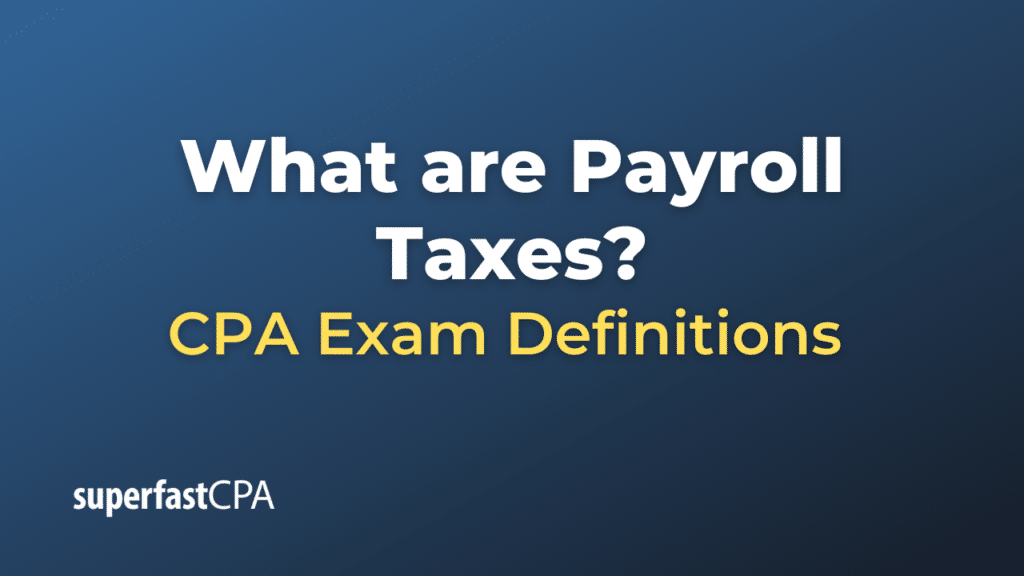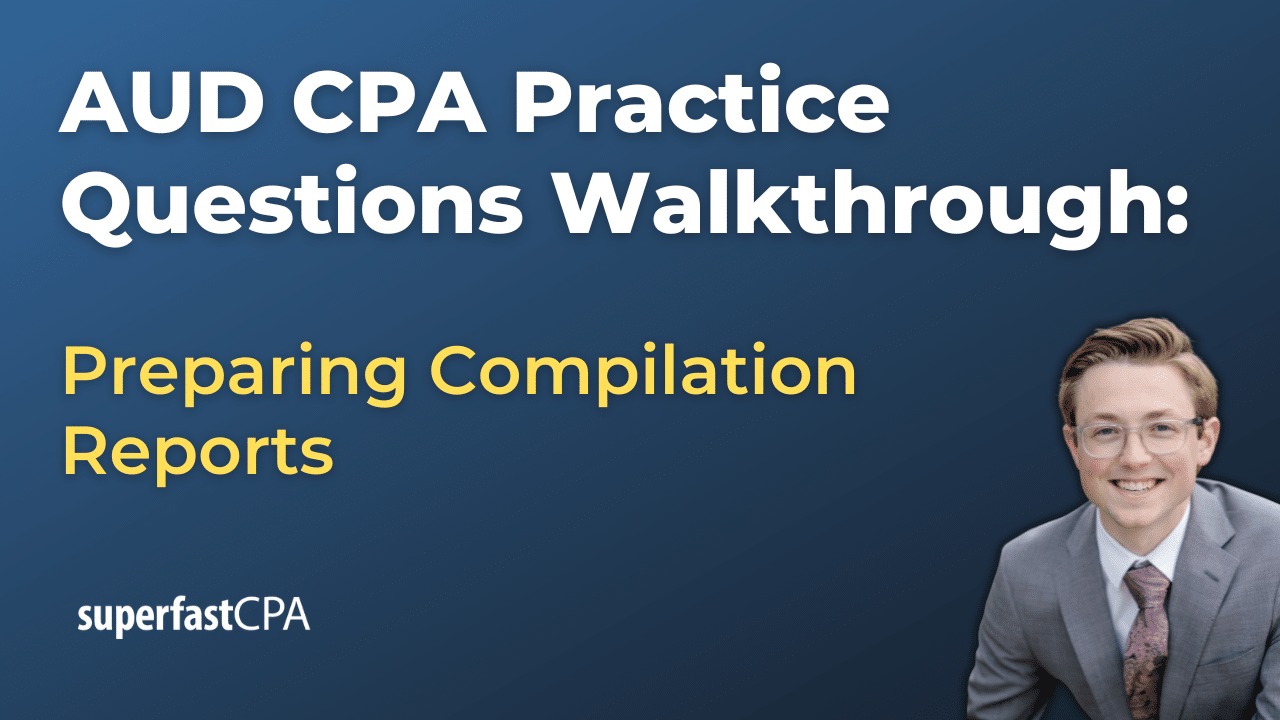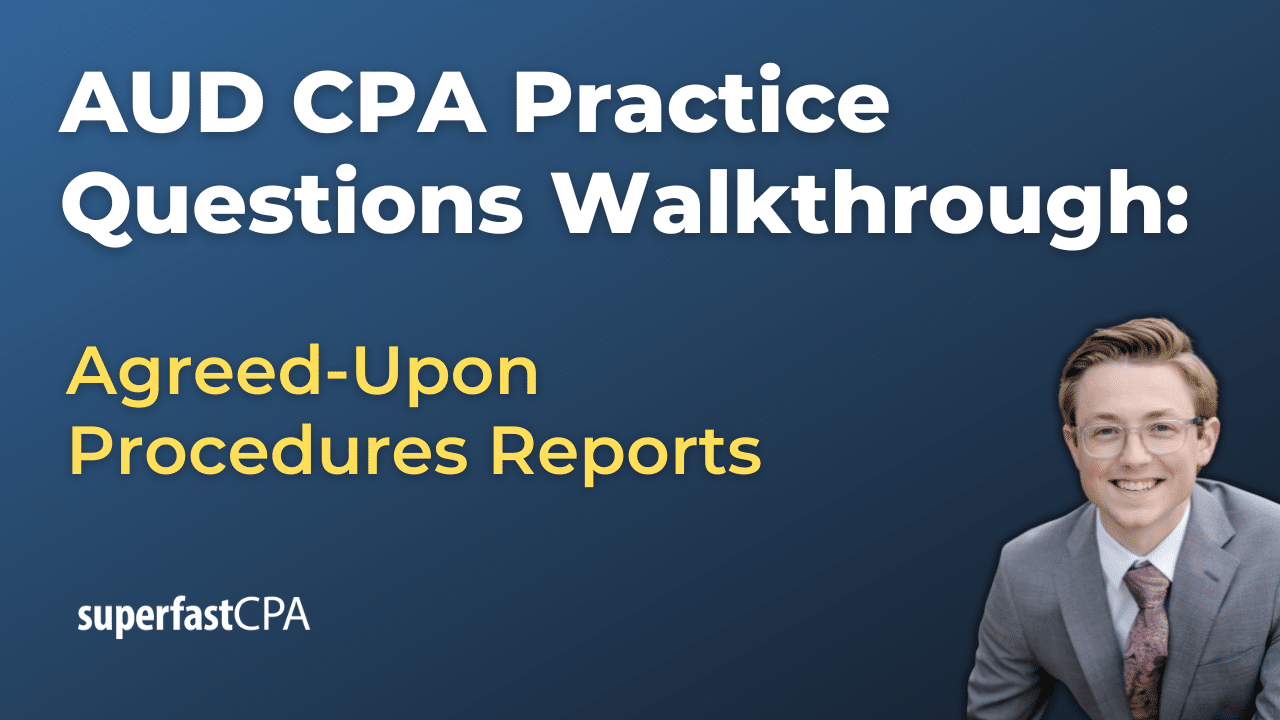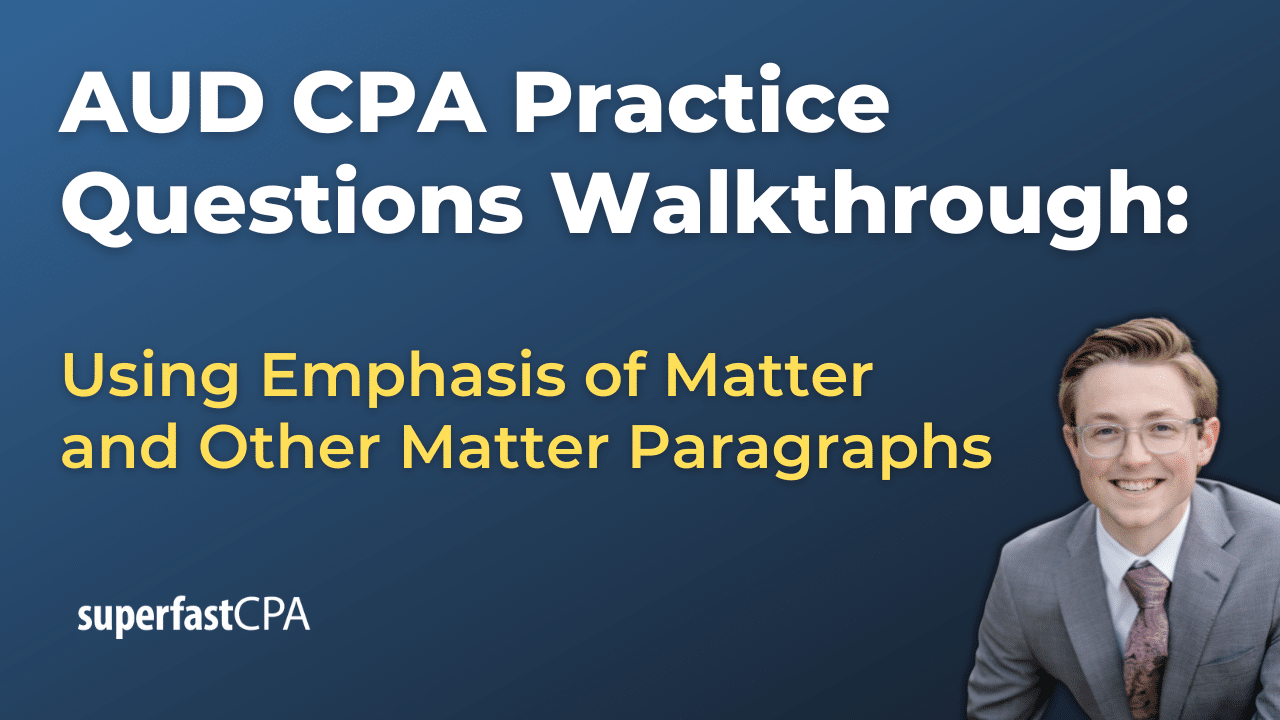Payroll Taxes
Payroll taxes are taxes that employers withhold from employees’ wages and then pay directly to the government. They are a significant source of revenue for the federal government in the United States.
There are two main types of payroll taxes: withholding taxes and employment taxes.
1. Withholding Taxes: These are income taxes that employers withhold from employees’ wages. The amount to withhold is determined by the information the employee provides on their Form W-4 and the IRS’s tax withholding tables. These withheld amounts are then paid to the government on behalf of the employee.
2. Employment Taxes: These include Social Security and Medicare taxes, collectively known as FICA (Federal Insurance Contributions Act) taxes. Both the employer and the employee contribute to these taxes:
- Social Security Tax: This tax funds the Social Security program, which provides benefits for retired people, the disabled, and the families of deceased workers. As of 2021, the tax rate for Social Security is 6.2% for the employer and 6.2% for the employee, for a total of 12.4%.
- Medicare Tax: This tax funds the Medicare program, which provides health insurance for people aged 65 and older, as well as some younger people with disabilities. The tax rate for Medicare is 1.45% for the employer and 1.45% for the employee, for a total of 2.9%. An additional 0.9% tax is withheld from high earners above a certain income threshold.
Additionally, employers are responsible for paying the Federal Unemployment Tax Act (FUTA) tax, which provides for unemployment compensation to workers who have lost their jobs. The FUTA tax is not deducted from employee wages; it is an expense borne by the employer.
Keep in mind that there may also be state and local payroll taxes, and the specifics can vary greatly depending on the location.
It’s important for businesses to correctly calculate and withhold these taxes to avoid penalties and ensure compliance with tax laws.
Example of Payroll Taxes
John is a single taxpayer with no additional allowances or deductions, earning a salary of $60,000 per year. Here’s how you might calculate his payroll taxes:
1. Federal income tax: Assuming John has filled out his W-4 Form as a single filer with no dependents, you would use the IRS withholding tables (Publication 15-T) to determine the amount of income tax to withhold. For simplicity, let’s say that this comes out to $9,000 for the year. Divided by the number of pay periods in a year (let’s say 26 pay periods for bi-weekly payments), this means $346.15 would be withheld from each paycheck.
2. Social Security Tax: The Social Security tax is 6.2% for both the employee and employer. So, 6.2% of John’s $60,000 salary is $3,720. This would be split across the pay periods, so $143.08 would be withheld from each paycheck.
3. Medicare Tax: The Medicare tax is 1.45% for both the employee and employer. So, 1.45% of John’s $60,000 salary is $870. This would be split across the pay periods, so $33.46 would be withheld from each paycheck.
John’s employer would also contribute matching amounts for Social Security and Medicare taxes, and would pay federal unemployment taxes, but these wouldn’t be deducted from John’s paycheck.
So, for each bi-weekly paycheck, John would have:
- $346.15 in federal income tax
- $143.08 in Social Security tax
- $33.46 in Medicare tax
This totals $522.69 in payroll taxes per paycheck. From his gross pay of $2,307.69 per paycheck ($60,000/26), John would receive $1,785 ($2,307.69 – $522.69) after payroll taxes are deducted.
Keep in mind, this is a simplified example and actual tax calculations may be more complex due to factors such as state and local taxes, additional Medicare tax for high earners, tax credits, or other considerations. Also, tax rates and regulations can change, so always use the most current information.














